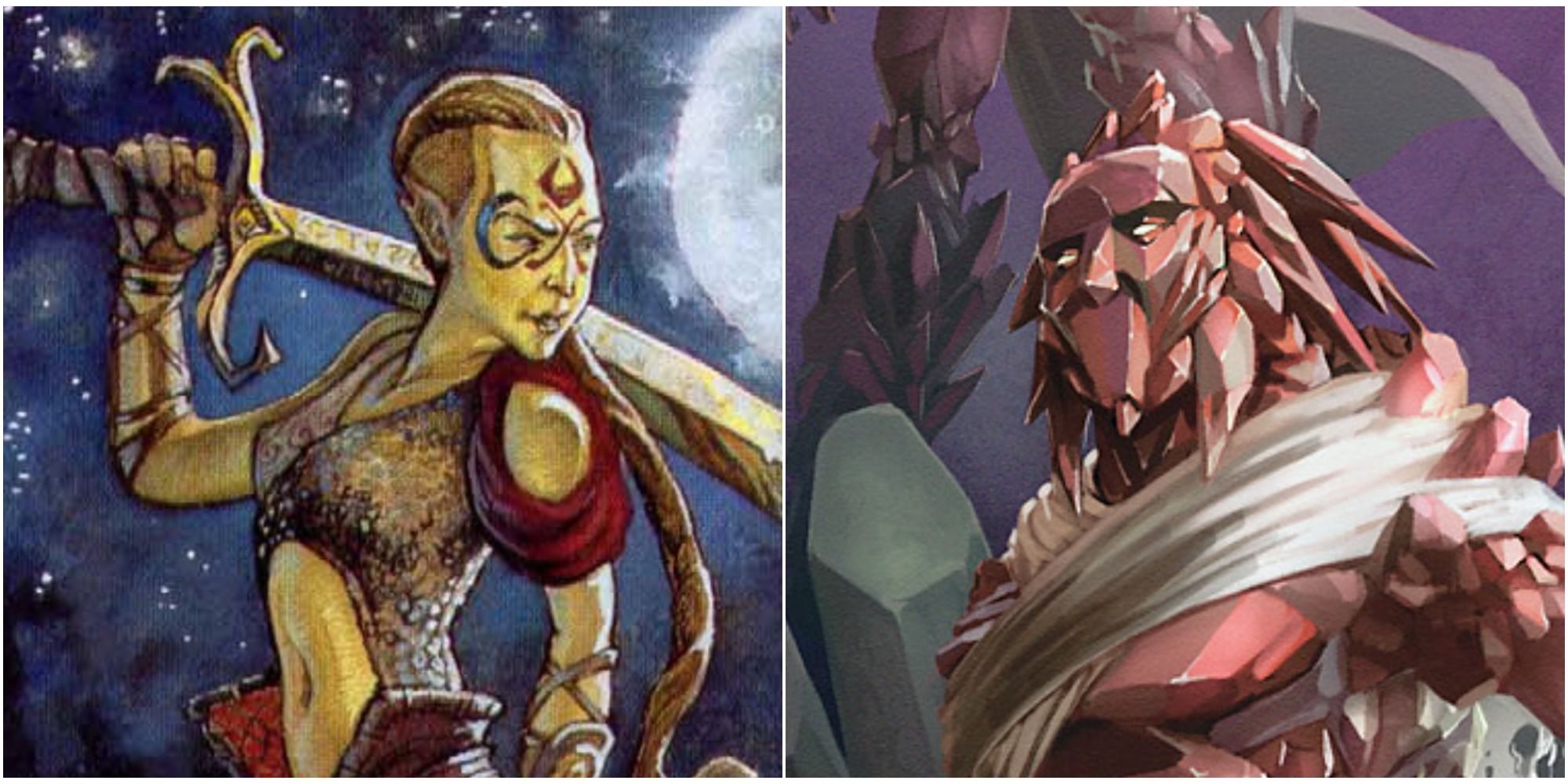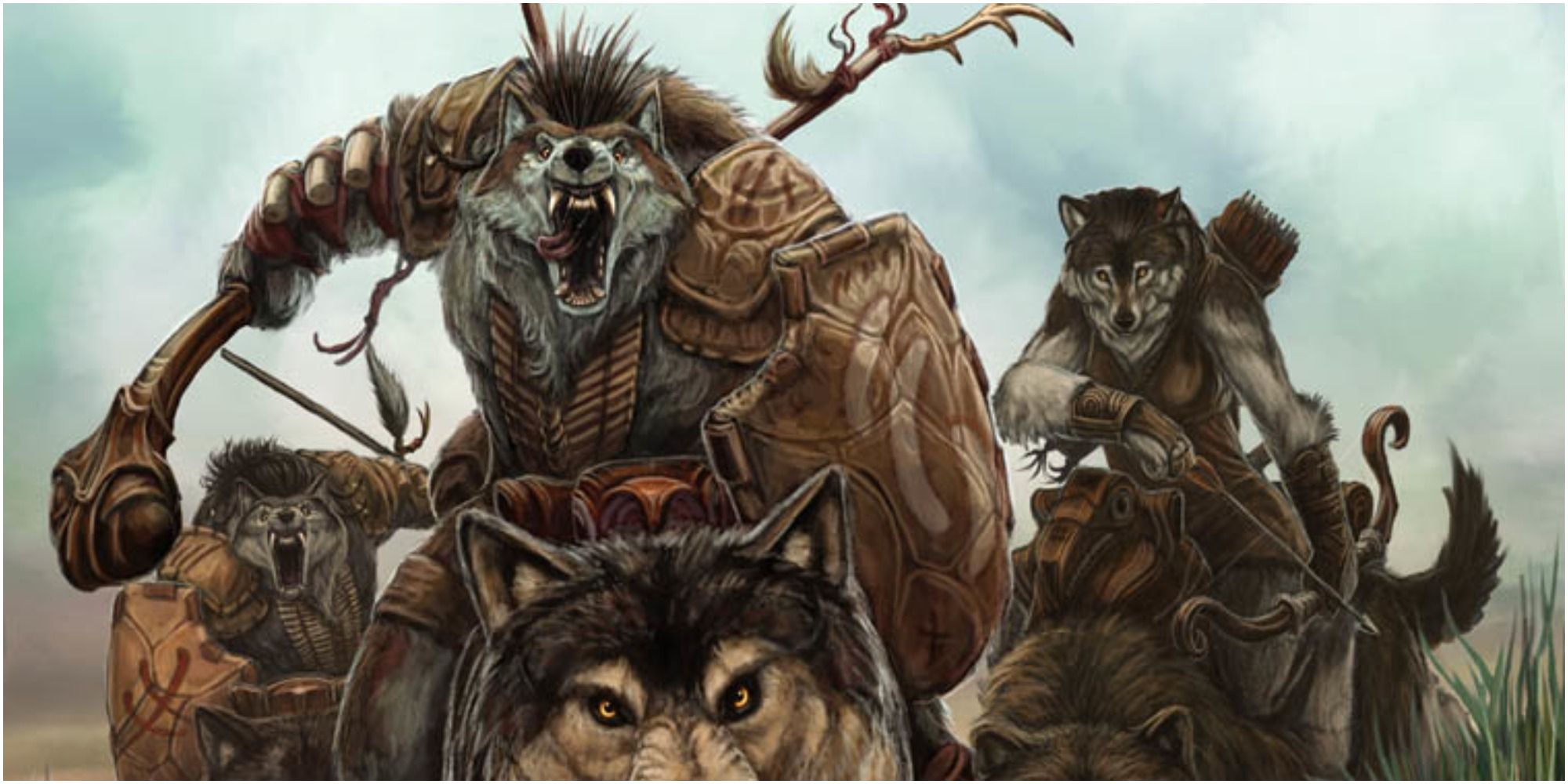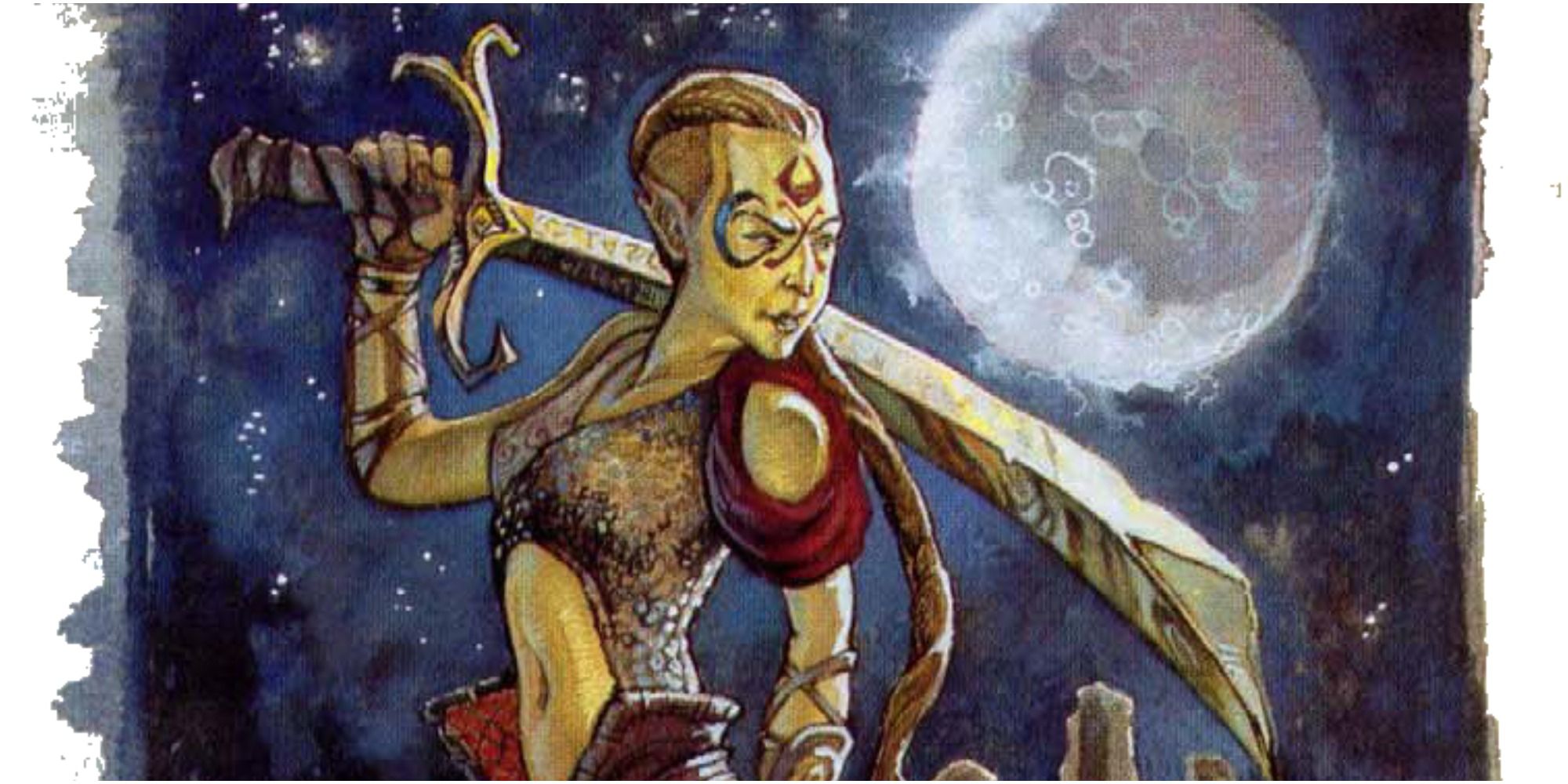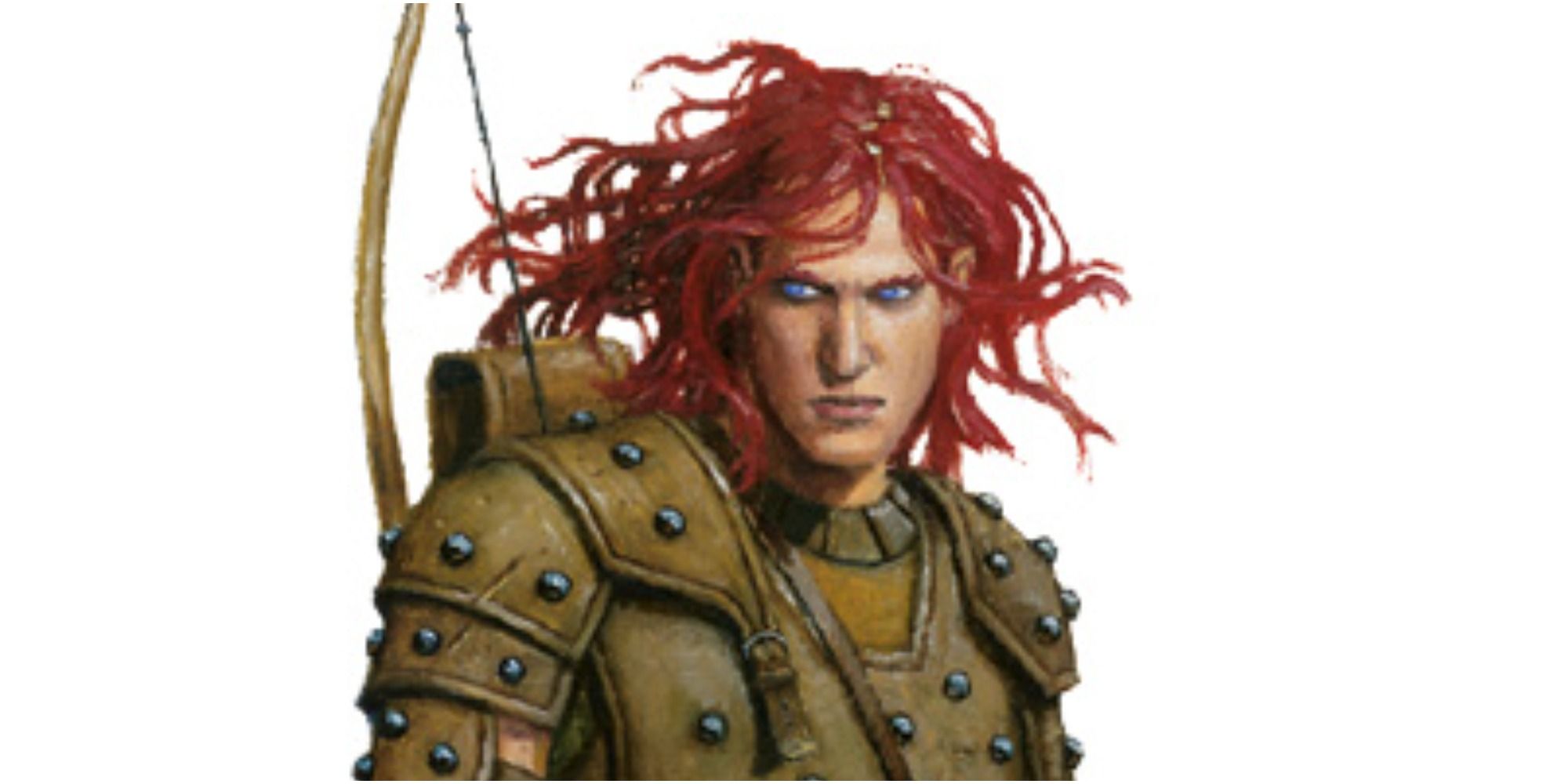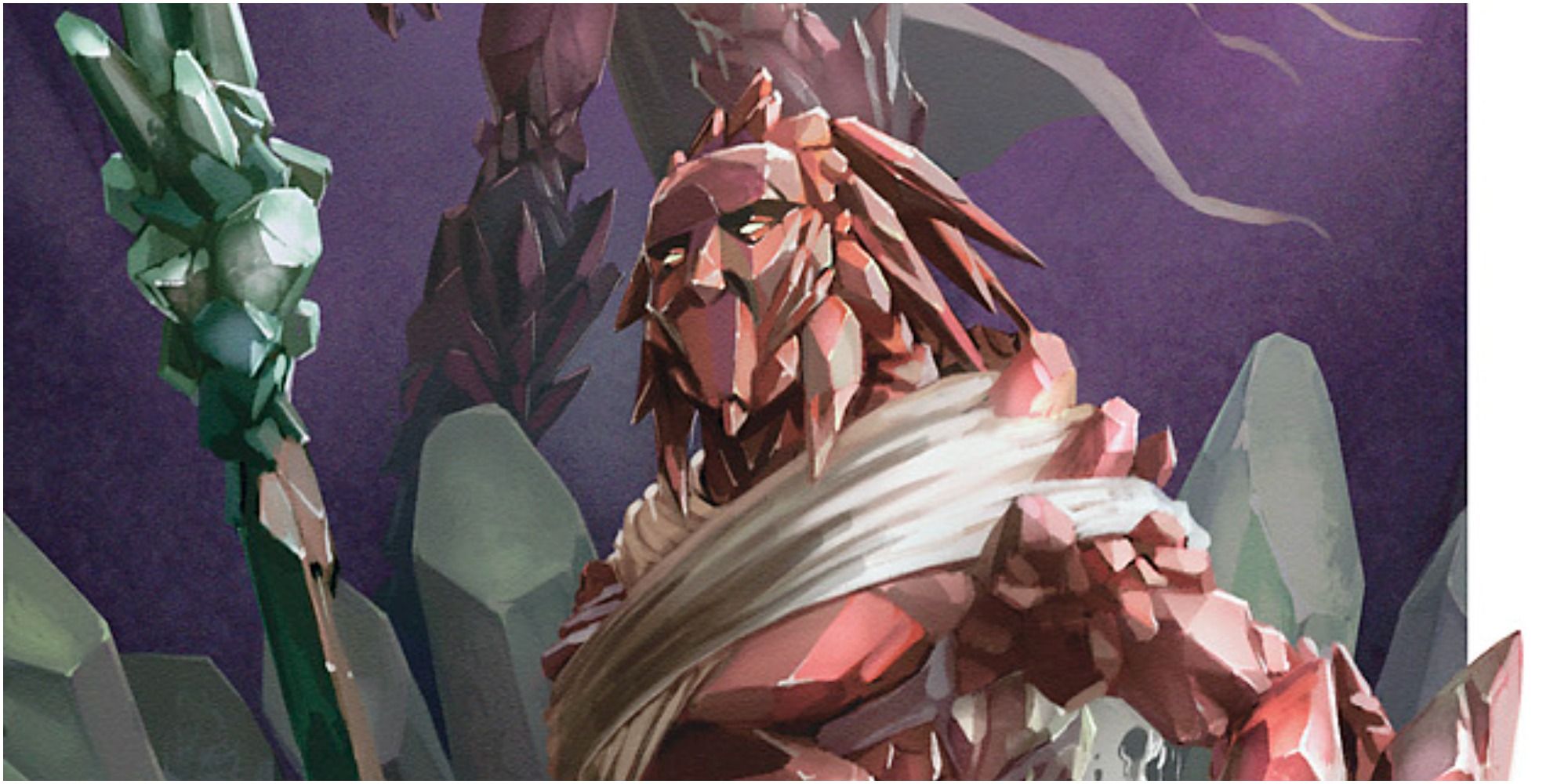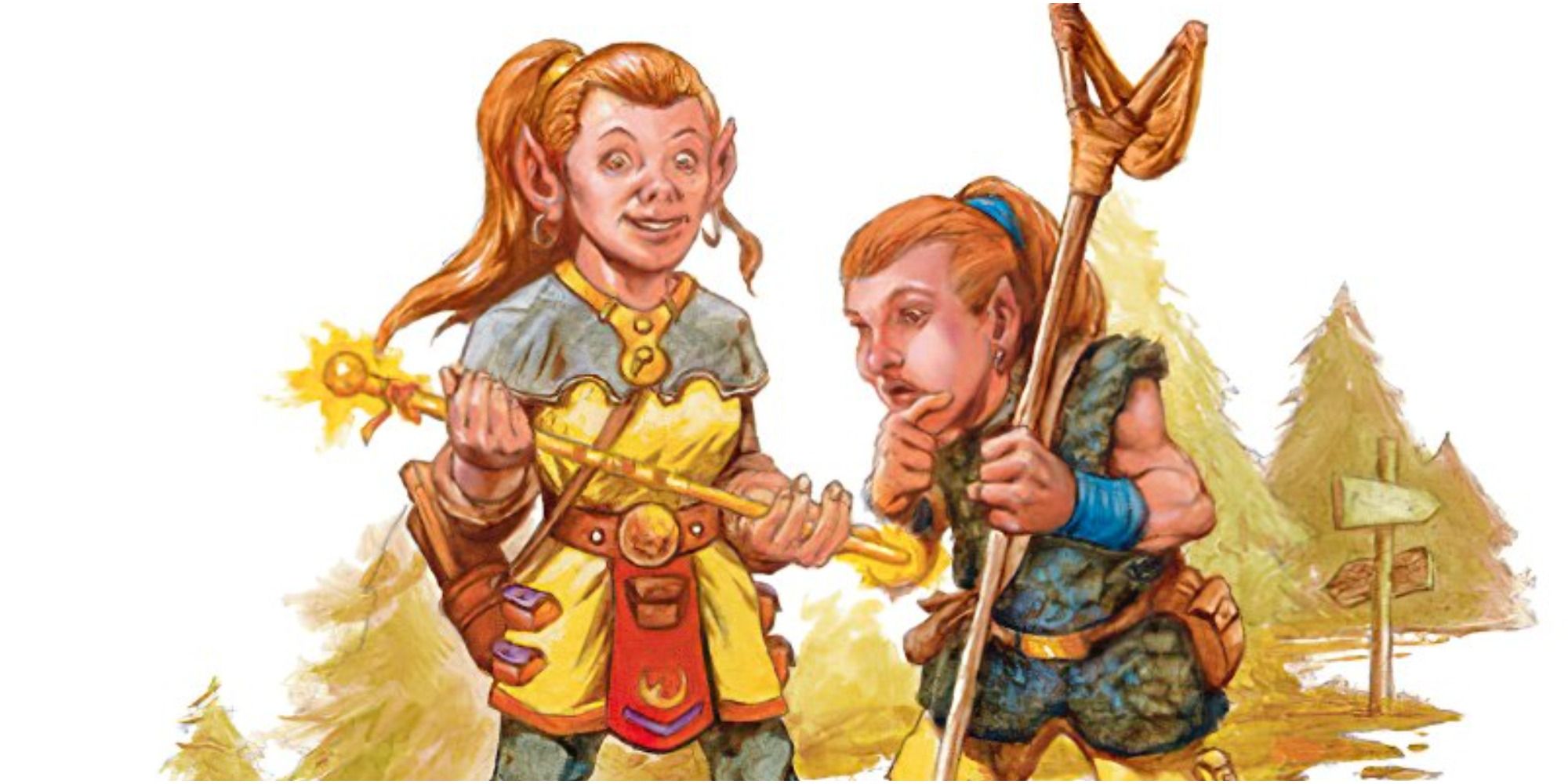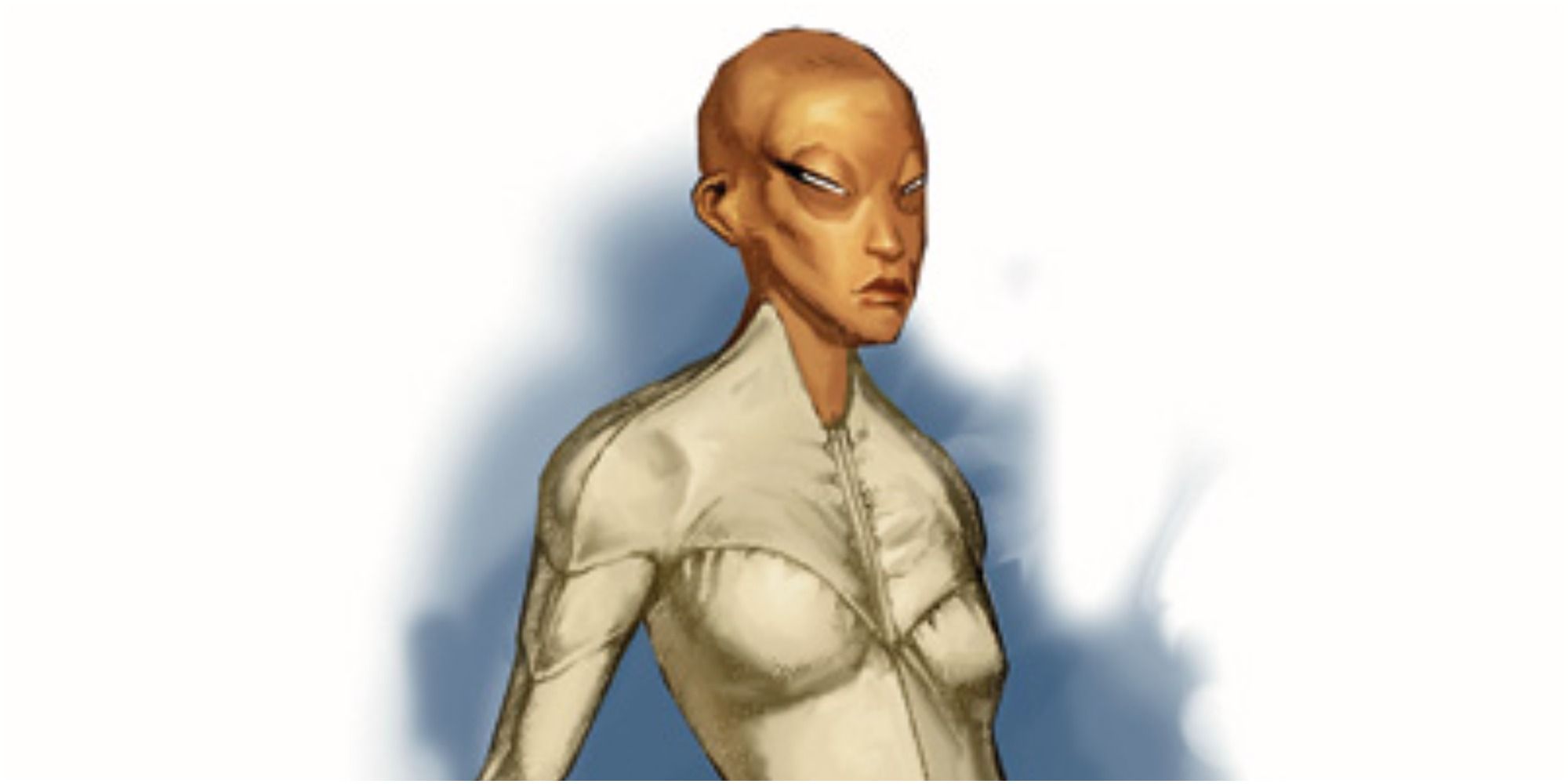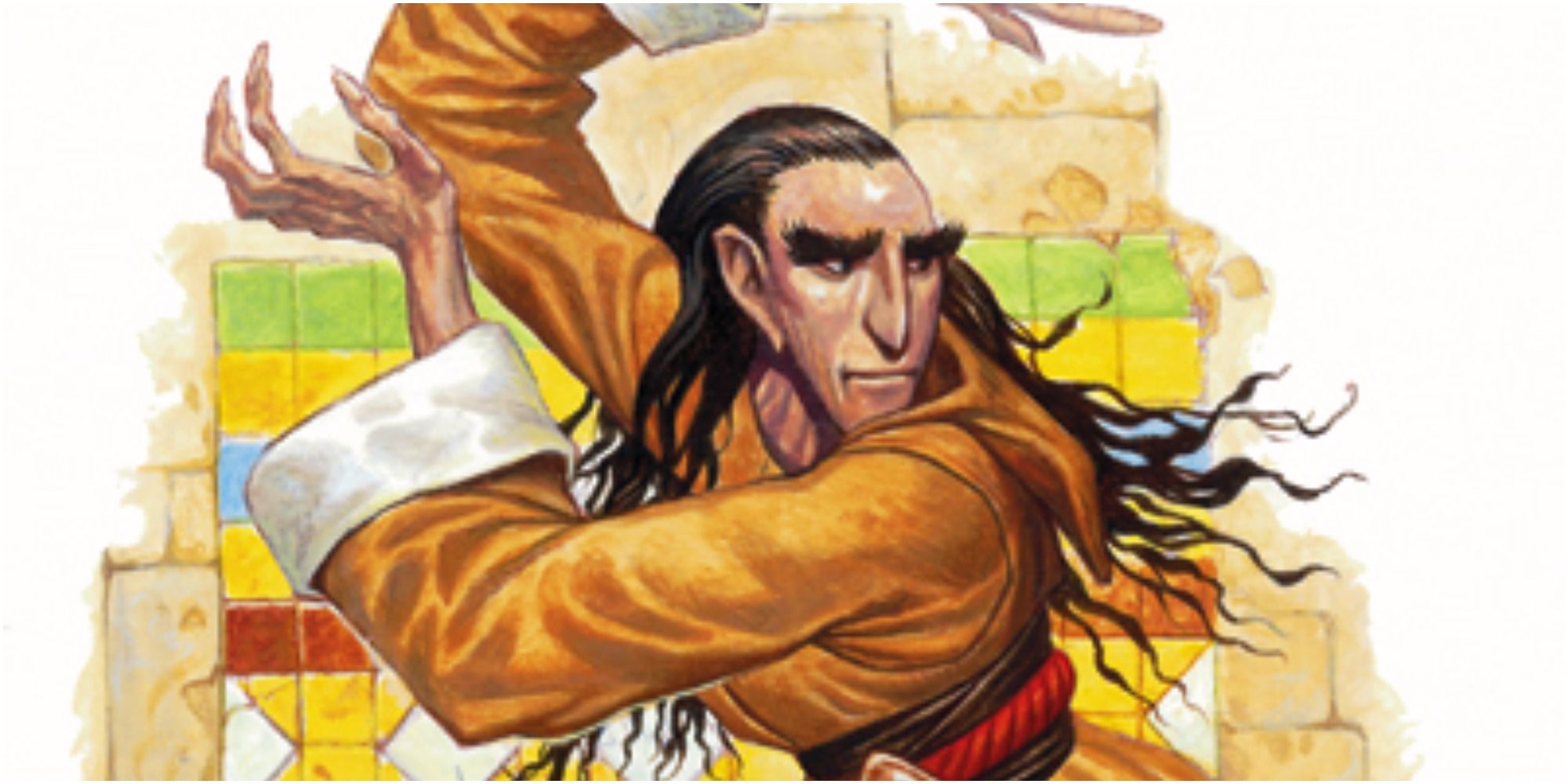Dungeons & Dragons provides players with a myriad of ways to customize their characters. While the choice of one's class provides many of their character's core abilities, the choice of a character's race can help provide additional flavor and shape their background while also providing additional utility in combat.
While D&D's fifth edition is filled with many great race options for players to utilize, with the recently released Monsters of the Multiverse toting over thirty playable races, there are many others that have been featured in previous editions of D&D but have yet to be made playable in fifth edition. So today, we're going to examine several of these absent races and see what they could potentially bring to the table if added to fifth edition.
7 Lupin
In D&D's fifth edition, Tabaxi are an incredibly popular act-like race that are noted for their incredible mobility. Despite the popularity of the feline Tabaxi, fifth edition has yet to include a canine race, and this is not due to the lack of a pre-existing option.
Appearing in Volume One of the Dragon Compendium of D&D's 3.5 edition, Lupin are a wolf-like people that despite their werewolf-like appearance, are known for their ability to hunt lycanthropes. A race that values community, Lupin were a semi-nomadic people known to live in close-knit tribes, putting a major emphasis on trust and loyalty to others. Within the context of gameplay, Lupin notably had access to improved senses as well as the ability to deal additional damage to lycanthropes.
6 Spirit Folk
Another race originating from D&D's 3.5 edition, Spirit Folk are a people who descend from both humans and various types of nature spirits.
Similar to Genasi who tote differing traits based upon the type of Genie that influenced their ancestry, a Spirit Folk come in a variety of forms such as Mount, River, and Sea Spirit Folk. Visually quite similar to humans, Spirit Folk were regarded for their inherent connection to the forces of nature around them.
5 Elan
Appearing in the Expanded Psionics Handbook of D&D 3.5 edition, Xephs are a race that has access to latent psionic capabilities. Much like the ancestries presented in Van Richten's Guide to Ravenloft, an Elan isn't necessarily born, rather, one is created from an already living human. Created when a council of Elan aim to bestow another creature with their psionic power in what is far from an easy process.
Unlike other races, not only do Elan not require sleep, but they are also capable of living indefinitely unless they're killed in battle. When playing an Elan, a player could utilize psionic power in order to reduce damage taken or even to prevent the need to eat for a day.
4 Shardmind
Shardmind were a race introduced in the third Player's Handbook of D&D's fourth edition. They were a people whose bodies were made of gem-like shards. With origins within the Astral Sea, Shardminds are effectively pieces of a living gate that was once present within the Astral Plane.
Telepathic beings that don't require food or oxygen, Shardminds are known as beings of logic and intellect, while being somewhat emotionally distant. Uniquely, if a Shardmind is killed, a new Shardmind is created elsewhere within the multiverse. In gameplay, a Shardmind offered many great features such as the ability to communicate telepathically, and the ability to teleport via their Shard Swarm ability.
3 Kender
Dating all the way back to 1984, Kender are a race that first appeared within the Dragonlance setting of D&D's first edition. Similar to halflings, Kender were a diminutive race that shared visual elements of both halflings and elves.
Notably completely immune to fear (and incapable of feeling the emotion), Kender had appeared in D&D's first, second, and third edition, the last time this race had been officially playable was within the Dragonlance setting book for third edition.
2 Asherati
Appearing in the Sandstorm expansion of D&D's 3.5 edition, the Asherati are a people that were most commonly found within deserts.
Asherati are capable of easily traversing sands through their ability to quickly swim through it as though it were water. Though they appeared quite visually similar to hairless humans, an Asherati was capable of making its skin emit a warm glow. Though Asherati were known to form villages and societies, they were a notably quiet people known to take retreats of self-reflection within solitude.
1 Buomman
Printed within the Planar Handbook of 3.5 edition, was a race native to the Astral Plane. Referred to as "moaning monks," while Buommans are capable of learning and understanding other languages, they notably choose to only speak in their native tongue: a language made up entirely of song.
Buommans are known to have songs for nearly any occasion from eating to sleeping, as well as songs for wide variety of other actions and concepts. This lack of traditional languages such as common actually impacted the Buomman race mechanically, as a Buomman would take various penalties if they broke their vow against traditional speech.

